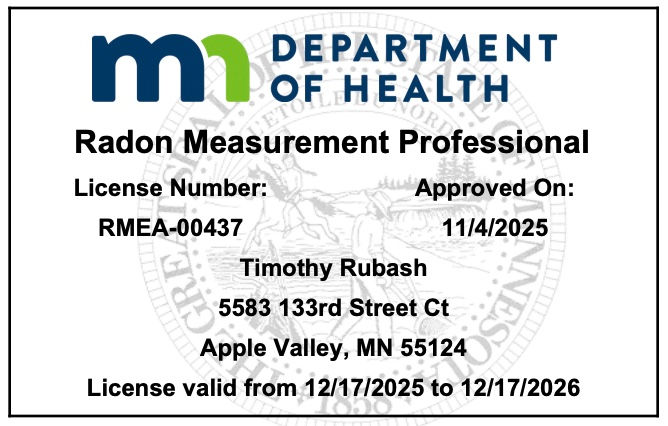The Refrigeration Cycle
- timrubash
- Jan 26
- 2 min read
Updated: Jun 6
Air conditioning and HVAC systems play a crucial role in maintaining comfort in a residential home by regulating indoor temperatures. At the heart of these systems is the refrigeration cycle, a process that relies on the principles of heat transfer and phase changes to cool and dehumidify the air. Key components, such as the evaporator coil, outdoor condensing unit, and condenser coil, work in tandem to achieve this cooling effect. Here’s an overview of how it all works.
The Basics of the Refrigeration Cycle
The refrigeration cycle operates using a chemical substance known as a refrigerant. This refrigerant undergoes continuous changes in pressure and temperature, cycling between liquid and gaseous states to absorb and release heat. The cycle is driven by four main components: the compressor, the condenser coil, the expansion valve, and the evaporator coil.
1. The Evaporator Coil: Cooling the Indoor Air
The refrigeration cycle begins inside the home with the evaporator coil, which is usually located in the air handler or furnace. This coil is responsible for absorbing heat from the indoor air.
The refrigerant enters the evaporator coil as a cold, low-pressure liquid. A fan blows warm air from the house over the coil, and as the refrigerant absorbs the heat, it evaporates into a gas. During this process, the coil also dehumidifies the air by condensing moisture onto its surface, improving comfort. The cooled, dehumidified air is then distributed throughout the home via the ductwork.
2. The Outdoor Condensing Unit: Releasing the Heat
After absorbing heat from the indoor air, the refrigerant (now a warm gas) travels to the outdoor condensing unit. This unit contains the compressor and the condenser coil, both of which are critical for releasing heat outside the home.
The compressor pressurizes the refrigerant, raising its temperature significantly and converting it into a high-pressure gas. This hot refrigerant gas then flows through the condenser coil, where the heat is released into the outdoor air. A fan inside the outdoor unit aids this process by blowing air across the condenser coil, accelerating the heat dissipation. As the refrigerant loses heat, it condenses back into a high-pressure liquid.
3. Returning the Refrigerant to the Evaporator Coil
Once the refrigerant has been cooled and condensed into a liquid, it passes through an expansion valve or metering device, which reduces its pressure and temperature. The refrigerant then re-enters the evaporator coil to repeat the cycle.
Energy Efficiency and System Maintenance
For this cycle to function efficiently, all components must be in good condition. Dirty coils, a failing compressor, or refrigerant leaks can reduce system performance and increase energy usage. Regular maintenance, such as cleaning the coils and ensuring proper refrigerant levels, helps maintain efficiency and prolongs the life of the system.
The refrigeration cycle in a residential HVAC system is a marvel of engineering, utilizing heat transfer and phase changes to cool and dehumidify indoor air. By understanding the role of components like the evaporator coil, outdoor condensing unit, and condenser coil, homeowners can appreciate how their air conditioning systems keep them comfortable, even on the hottest days.






Comments